This Hidden Gem in North Carolina Holds the Ghostly Ruins of a Colonial Town
And A Civil War Fort was built on the same site!
Past Lane Pursuits is a weekly newsletter of Past Lane Travels, a history/travel blog that provides inspiration for discovering historical sites, hidden gems and small towns.
Some links in this newsletter may be affiliate links.

Revolutionary War Ruins: Brunswick Town
Hello fellow History and Travel Lovers!
I’m thrilled to share another part of my journey into North Carolina’s Revolutionary War and Civil War past with a visit to Brunswick Town and Fort Anderson. Best part? They are both on the same site!
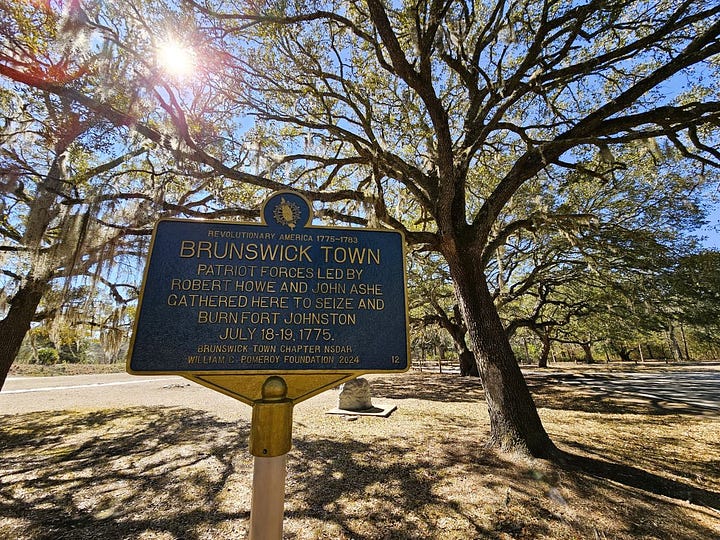
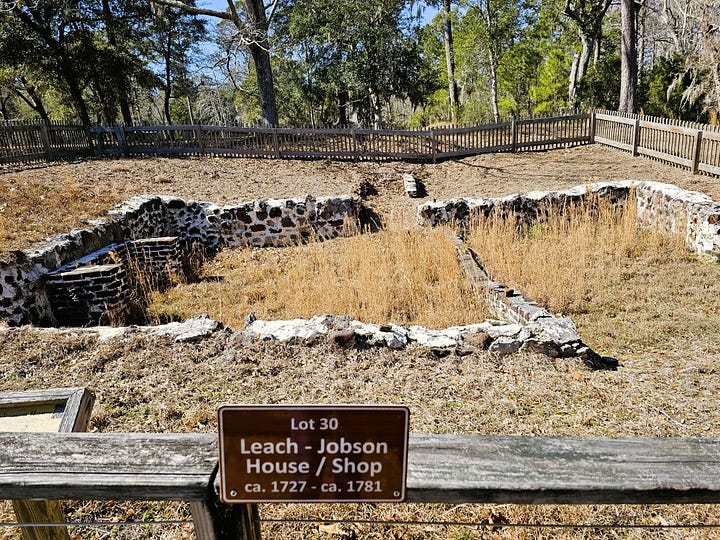
Two Hidden Gems of North Carolina’s Past
Nestled along the Cape Fear River, Brunswick Town was once a thriving colonial port, a center of commerce, and even North Carolina’s first capital. However, its prosperity came to a fiery end when British forces burned it to the ground during the Revolutionary War.
Left in ruins, the site remained abandoned for nearly a century—until the Civil War, when Fort Anderson was built atop its remains as a Confederate stronghold.
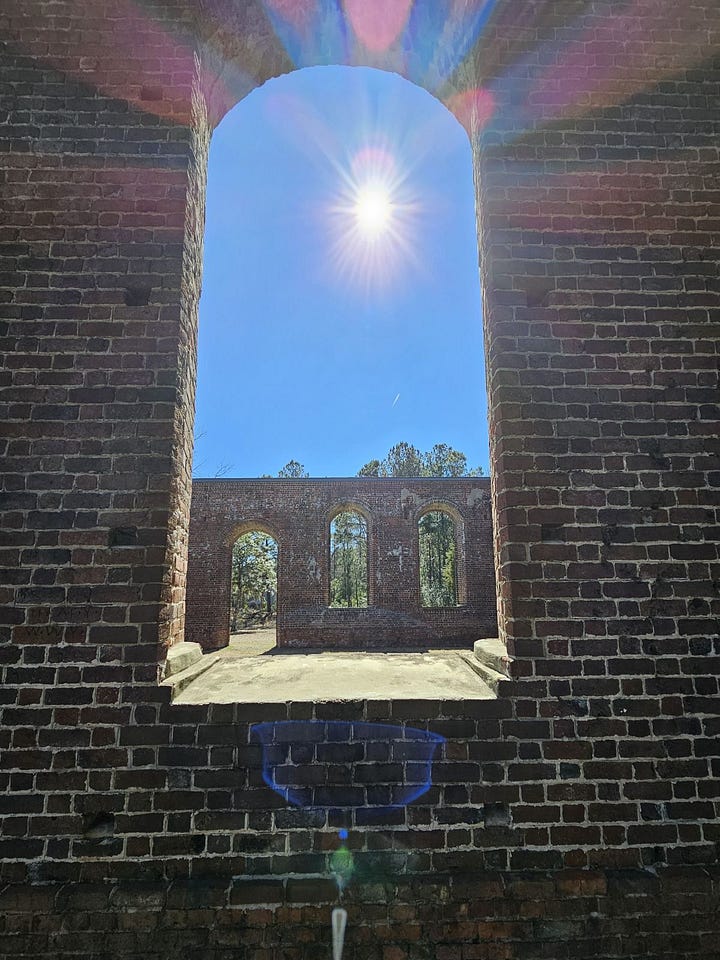
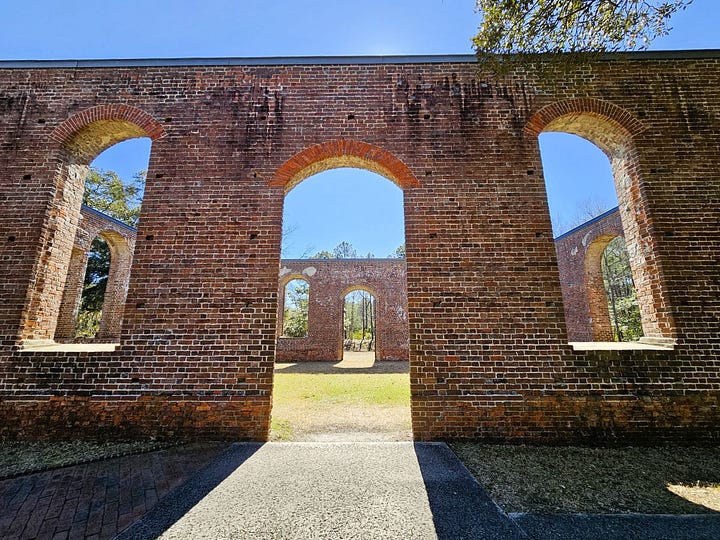
Today, the Brunswick Town & Fort Anderson State Historic Site offers a fascinating glimpse into two pivotal moments in American history. With its crumbling stone foundations, towering Civil War era earthworks, and scenic riverfront trail walk, this hidden gem invites visitors to explore different eras of American history.
Uncovering the Ruins of Brunswick Town & Fort Anderson
🔥 Burned by the British, Lost to Time
Founded in 1726, Brunswick Town was once a bustling colonial port and political hub. But in 1776, British forces torched the town to punish North Carolina for its rebellious spirit. The ruins that remain today are the remnants of homes, businesses, and even the shell of St. Philip’s Church, one of the oldest surviving churches in the state.
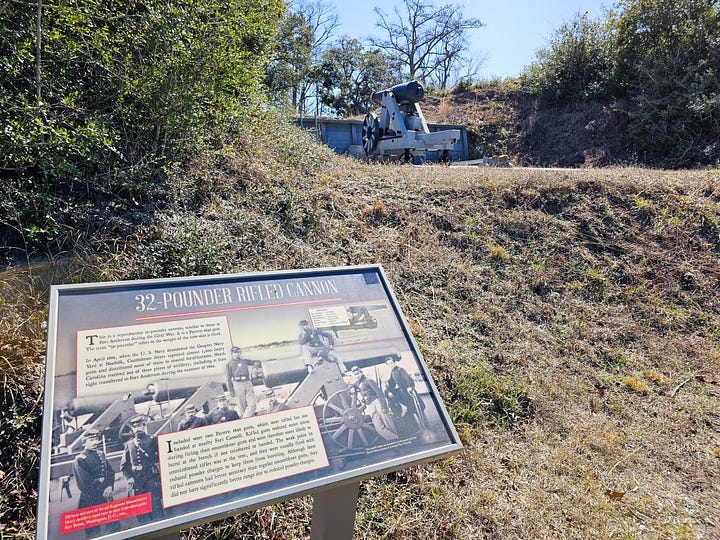
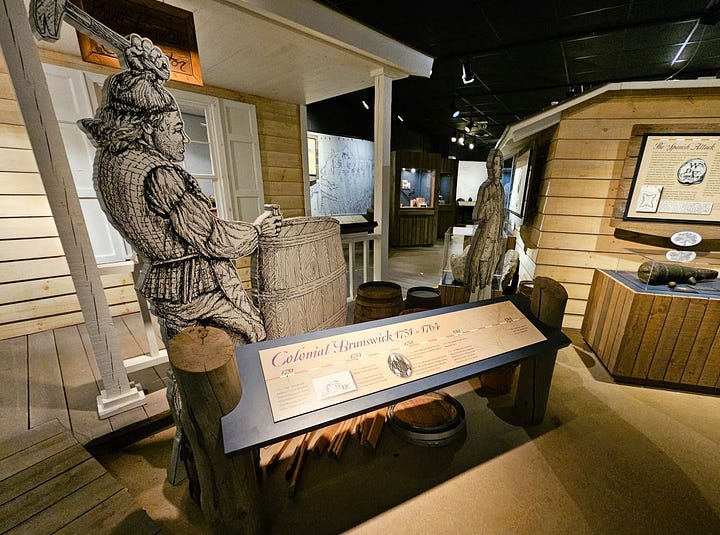
💣 Civil War Comeback: Fort Anderson
Nearly a century later, Confederate forces built Fort Anderson atop the ruins of Brunswick Town. This earthen fort played a critical role in protecting the Cape Fear River and the port of Wilmington—until it fell to Union forces in 1865. Walking the site today, you can still see the fort’s massive earthworks and cannon placements.
🚶♂️ What to See When You Visit
St. Philip’s Church Ruins – The hauntingly beautiful remains of an 18th-century church, its brick walls still standing despite the destruction.
Colonial Foundations – Walk among the stone outlines of homes and businesses that once formed the heart of the town.
Fort Anderson Earthworks – Climb the Confederate defenses and imagine the battle that unfolded here in 1865.
Scenic Cape Fear River Views – A peaceful spot for reflection and photography.
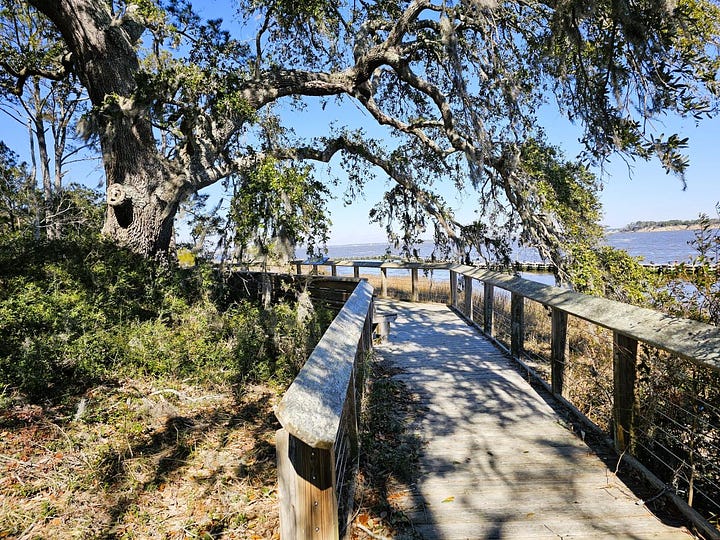
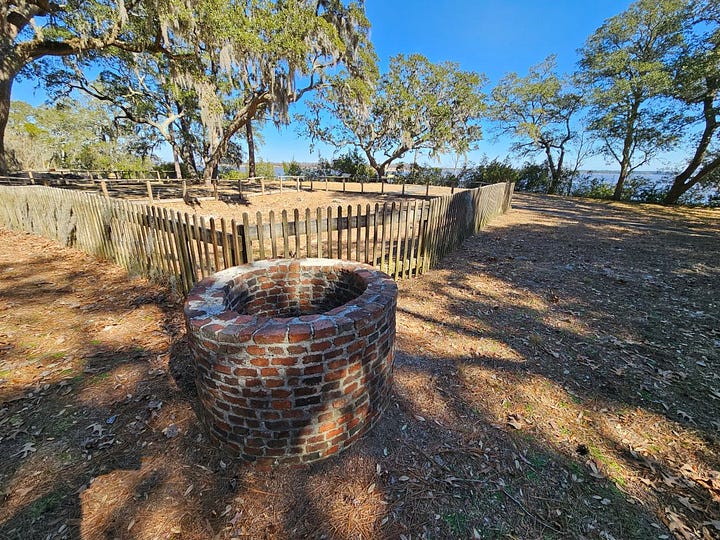
📍 Visitor Information
Location: 8884 St. Philip’s Road SE, Winnabow, NC
Hours: Tuesday–Saturday, 9 a.m. –5 p.m.(Closed Sundays & Mondays)
Admission: Free!
💡 Insider Tips
✔️ Go Early – Mornings are cooler, and you’ll have the ruins almost to yourself.
✔️ Wear Comfortable Shoes – The site is easy to walk, but the terrain is uneven in places.
✔️ Bring a Camera – The towering church ruins and river views make for stunning photos.
✔️ Look for Hidden History – Keep an eye out for gravestones, cannonballs, and foundation markers telling the site’s layered story.
Insider Tip: This historic site is short distance from North Carolina’s beautiful beaches! It’s the perfect place to visit if you’re vacationing at Wrightsville Beach, Carolina Beach or Kure Beach!
☛ Old Words
Here is this week’s old word!
Quockerwodger (noun)
Definition: A puppet or marionette controlled by strings, often used metaphorically in the 19th century to describe a politician or leader who is controlled by someone else.
Example in a Sentence: Many believed the new governor was merely a quockerwodger, acting on behalf of powerful businessmen behind the scenes.
History In The News
A remarkable discovery in Pompeii is yielding new insights into the luxurious lives led by its elite just before the eruption of Mount Vesuvius in 79 CE. The archaeologists have unearthed one of the largest, best-preserved private thermal bath complexes ever found, buried under volcanic rock and ash for more than 2,000 years. This luxury spa—elegant with hot, warm, and cold rooms, one huge plunge pool, and thermal mosaic decoration—is part of an enormous private residential villa situated in Regio IX.
History Trivia
Answer to Last Week’s Trivia Quiz: Congratulations to those who answered Fort Fisher as the Civil War fort that was called the “Gibraltar of the South.” I’ll be writing about it soon!
☛ This Week’s Trivia Question: Give it a try!
Answer in next week’s newsletter.
Until next time… Happy Travels!
Jessica
👇👇 Need a private flight? You might be surprised how affordable it is! 👇👇






